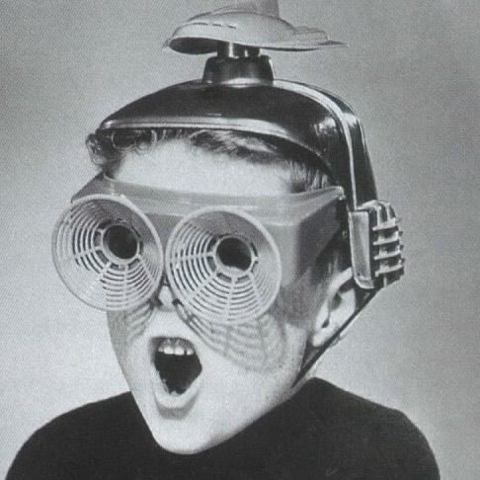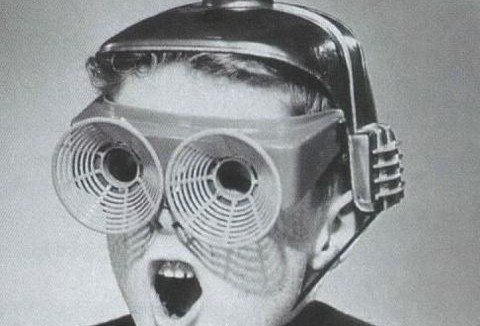

Walter Murch: Why 3-D Movies Don’t Work

There are plenty of reasons to dislike 3-D movies, like how they induce headaches and strain the eyes, make the imagery darker, and simply don’t contribute anything to the story. But legendary editor and sound designer Walter Murch sent a note to Roger Ebert explaining what he feels is the overwhelming reason 3-D movies are flawed: human eyes weren’t designed to focus and converge on images at two different distances. Murch says:
The biggest problem with 3D, though, is the “convergence/focus” issue. A couple of the other issues — darkness and “smallness” — are at least theoretically solvable. But the deeper problem is that the audience must focus their eyes at the plane of the screen — say it is 80 feet away. This is constant no matter what.
But their eyes must converge at perhaps 10 feet away, then 60 feet, then 120 feet, and so on, depending on what the illusion is. So 3D films require us to focus at one distance and converge at another. And 600 million years of evolution has never presented this problem before. All living things with eyes have always focussed and converged at the same point.
If we look at the salt shaker on the table, close to us, we focus at six feet and our eyeballs converge (tilt in) at six feet. Imagine the base of a triangle between your eyes and the apex of the triangle resting on the thing you are looking at. But then look out the window and you focus at sixty feet and converge also at sixty feet. That imaginary triangle has now “opened up” so that your lines of sight are almost — almost — parallel to each other.
Read more of Murch’s thoughts on Ebert’s blog.
(Thanks to the numerous readers who sent me this link.)

